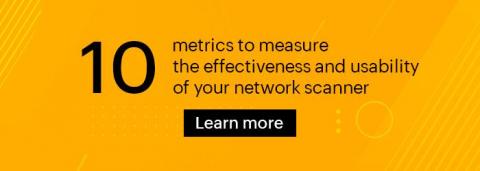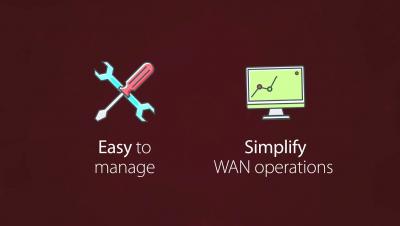Security | Threat Detection | Cyberattacks | DevSecOps | Compliance
Networks
Features to check for in a network scanner for enterprise networks
Network scanners have become an integral part of every IT admin’s first line of defense against security breaches. Using the right network scanner tool to conduct effective network reconnaissance and diagnosis enables you to pinpoint network issues that can escalate to security risks and network mishaps. A typical network scanner would allow you to scan a range of IP addresses sequentially, and display the active devices within that address block.
Forward Fix: Use Case for Forward Library
Forward Fix: Use Case for Splunk Custom Alert to trigger Forward Networks Snapshot
Forward Fix: Use Case for Splunk BGP Event to Existence Check
Cloud Security vs. Network Security: Which is Best for your SME?
Being in cybersecurity line of business and being aware of the issues faced by multiple small to mid-sized businesses, we often come across various jargon which may be unclear to some. One of the most common questions for SMEs is should they focus on cloud security or network security. It is hard for SMEs to prioritise their security budget and find affordability with security. To make an informed decision, it’s important to understand the options.
Forward Fix: Use Case for Network Query Engine Library
What is an Open Port? Port Scanning, Risks and Monitoring.
Port scanning is the critical element of any cyber risk assessment conducted under infrastructure security or network security domains. It helps to identify all the exposed services on a system or network. Presence of open ports doesn’t indicates importance from attack perspective only; they are equally vital from a defensive front.
Network Security: The Journey from Chewiness to Zero Trust Networking
Network security has changed a lot over the years, it had to. From wide open infrastructures to tightly controlled environments, the standard practices of network security have grown more and more sophisticated. This post will take us back in time to look at the journey that a typical network has been on over the past 15+ years. From a wide open, “chewy” network, all the way to zero trust networking. Let’s get started.











